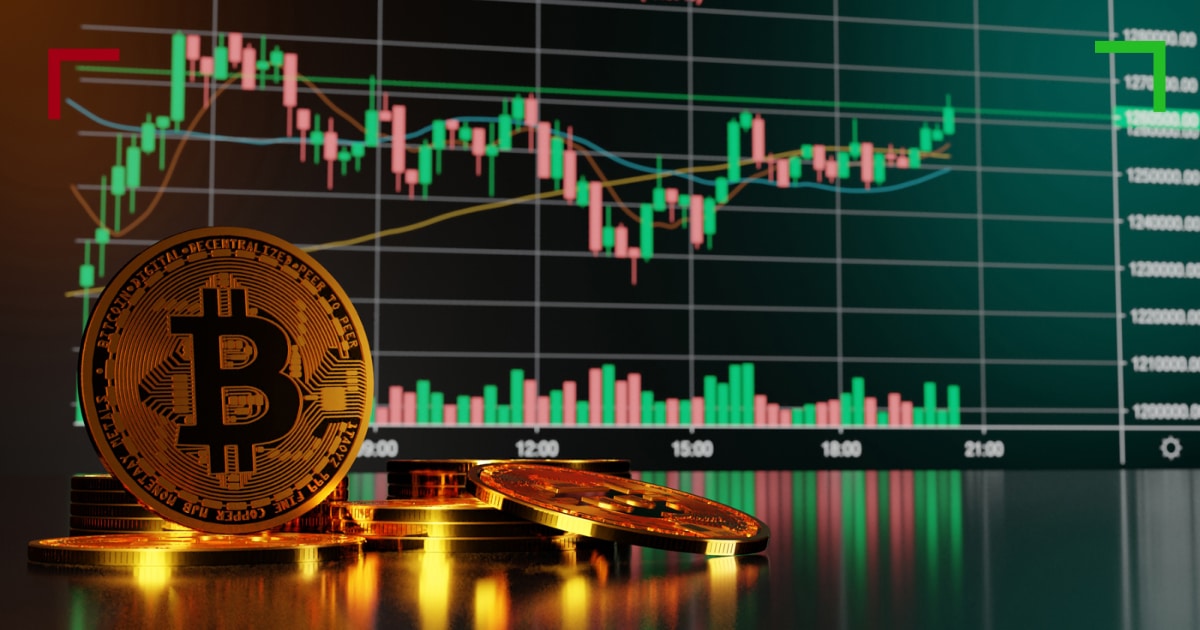
Understanding Crypto Trading Alerts
The world of cryptocurrency trading is dynamic and fast-paced. In such a volatile environment, having the right tools is essential for any trader looking to succeed. A crucial tool in this arsenal is the crypto trading alert. These alerts provide timely notifications about price changes, market sentiments, and other essential trading indicators. If you are eager to enhance your trading strategy, understanding how these alerts work can be pivotal. For a broader perspective, you can check out this informative video: Crypto Trading Alerts https://www.bitchute.com/video/_NFq9IXGCJQ/.
What Are Crypto Trading Alerts?
Crypto trading alerts are notifications that inform traders about significant changes in various cryptocurrencies. They can cover a range of parameters including price fluctuations, market trends, trading volume spikes, and even news that could affect the market. There are two primary types of alerts: price alerts and indicator alerts.
Price Alerts
Price alerts notify traders when a cryptocurrency reaches a specific price level. This allows traders to react immediately to market conditions without having to constantly monitor their trading platforms. For example, if a trader owns Bitcoin and wants to sell once it hits $50,000, they can set a price alert that will notify them when this threshold is reached. This feature is beneficial for both short-term traders looking for quick profits and long-term investors wanting to maximize their returns.
Indicator Alerts
Indicator alerts provide notifications based on technical indicators such as moving averages, Relative Strength Index (RSI), or even MACD (Moving Average Convergence Divergence). These types of alerts can help traders identify potential entry and exit points based on their strategies. For instance, an alert can be triggered when the RSI indicates that a cryptocurrency is oversold or overbought, prompting the trader to take action based on their analysis.
How Do Crypto Trading Alerts Work?

Setting up crypto trading alerts is typically straightforward. Most trading platforms offer this feature, allowing users to specify the conditions under which the alerts should be sent. Traders can choose to receive notifications via various channels, including apps, SMS, or emails, depending on their preference.
Using Trading Platforms and Bots
Many modern trading platforms and bots come equipped with robust alert systems. For example, platforms like Binance, Coinbase, and Kraken provide built-in alert mechanisms that allow for quick customization. In addition, several trading bots can also help automate the alerting process based on user-defined criteria, enabling traders to focus on strategy rather than constant monitoring. Bots can also help execute trades automatically based on alert signals, leading to potentially higher profitability.
The Importance of Timeliness
In crypto trading, timeliness is everything. Markets can move in milliseconds, and missing an alert can mean missing an opportunity. This urgency highlights the need for reliable and prompt alert systems. Here are a few key reasons why timely alerts are critical:
- Market Volatility: Cryptocurrency prices can change rapidly, and having timely alerts allows traders to capitalize on trades as they are happening.
- Risk Management: Alerts can help traders set stop-loss limits more effectively, thus minimizing potential losses.
- Opportunity Detection: The right alert can signal lucrative investment opportunities, helping traders enter or exit positions with maximum benefit.
Best Practices for Using Crypto Trading Alerts
While alerts can enhance trading performance, traders should consider certain best practices to maximize their effectiveness:
1. Customize Alerts

Not all alerts are created equal. It is crucial to customize alerts based on personal trading strategies. For example, aggressive traders may want more frequent alerts for smaller price changes, while conservative traders may prefer alerts for larger shifts.
2. Combine Alerts with Analysis
Alerts should not be the only mechanism driving trading decisions. They should complement a trader’s analysis based on charts, patterns, and other factors. By combining alerts with comprehensive analysis, traders can make more informed decisions.
3. Limit Noise
Receiving too many alerts can lead to ‘alert fatigue’ where important notifications may be overlooked. Setting limits on the frequency and types of alerts can help maintain focus and ensure that critical information is not missed.
Tools and Resources for Crypto Trading Alerts
Many popular trading platforms and independent services offer efficient crypto trading alert systems. Below are several resources traders may consider:
- CoinMarketCap: Offers price alerts and notifications for multiple cryptocurrencies.
- TradingView: Provides advanced alert capabilities based on technical indicators and price movements.
- Coinbase Pro: Users can set up price alerts through its trading interface.
- Telegram Bots: Numerous Telegram bots offer customizable alerts for a variety of coins.
Conclusion
Crypto trading alerts can substantially enhance a trader’s ability to react to market changes, ensuring timely decisions that can maximize profits and minimize losses. As you integrate alerts into your trading strategy, remember that they are tools to aid decision-making, not substitutes for thorough analysis. By understanding their functionality and incorporating best practices, traders can effectively navigate the exciting realm of cryptocurrency trading.
